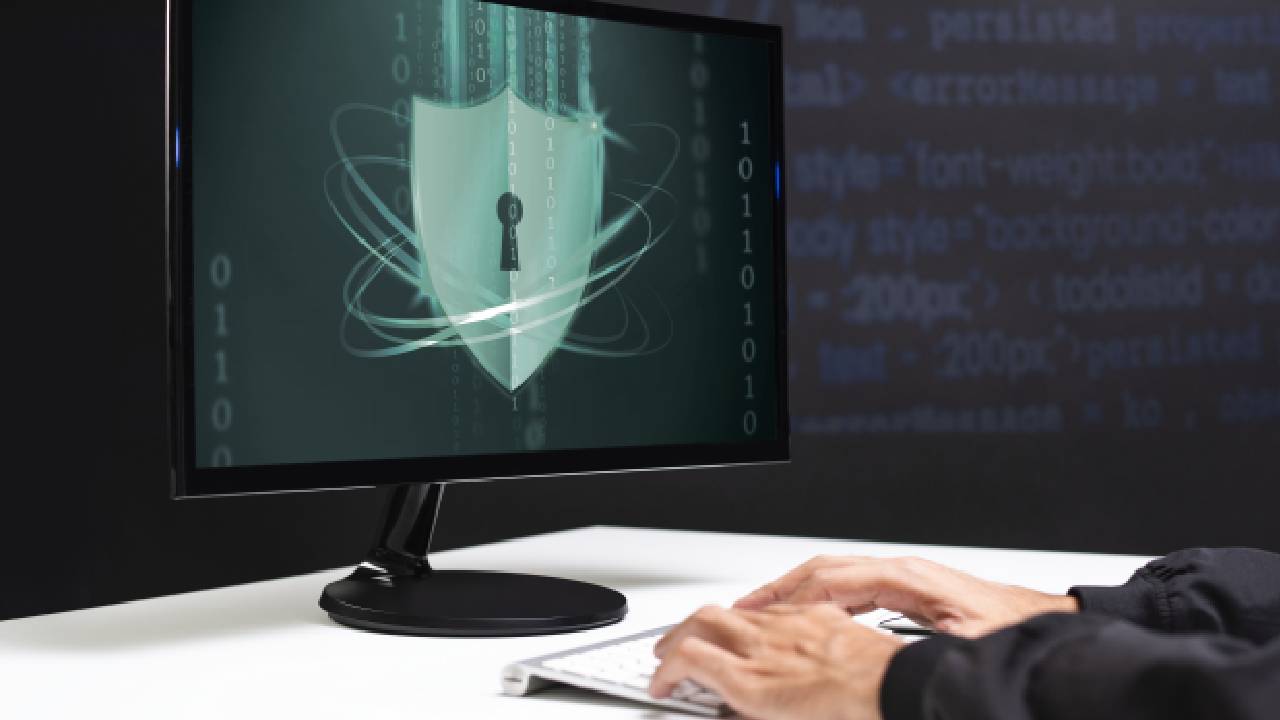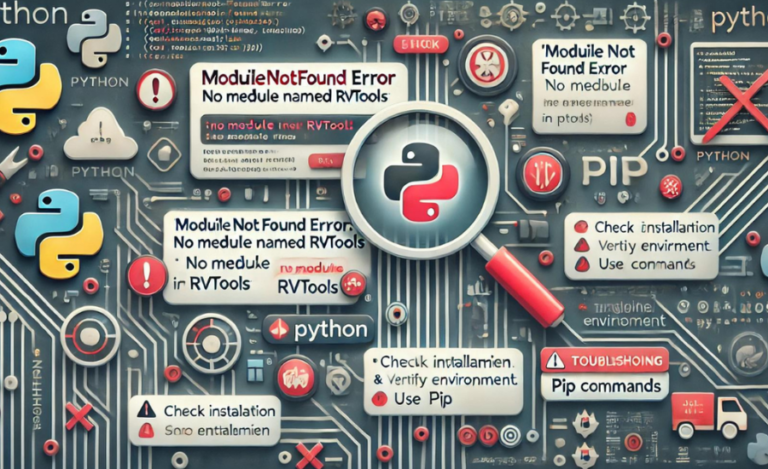Apple Cybersecurity: What Users Need to Know for the Future
In an age where digital threats loom larger than ever, safeguarding personal information is paramount. Apple Inc., a pioneer in consumer electronics, stands out for its unwavering commitment to cybersecurity. With a blend of innovative technologies and a user-first philosophy, Apple has implemented a robust framework designed to protect its users from evolving threats.
Key Highlights
- Apple’s “privacy by design” philosophy embeds robust security features in its products, minimizing data collection and enhancing user control over personal information.
- Advanced encryption techniques, including end-to-end encryption for services like iMessage, protect user communications from unauthorized access.
- New features like Lockdown Mode and AI-driven threat detection reflect Apple’s proactive approach to countering evolving cybersecurity threats.
This article delves into Apple’s proactive strategies, from cutting-edge encryption to the latest security features, arming users with the knowledge they need to navigate the digital landscape confidently.
Understanding Apple’s Cybersecurity Framework
Apple’s cybersecurity strategy is built on a foundation of privacy and security, emphasizing user control over personal data. The company’s commitment to safeguarding user information is evident in various features integrated into its devices and services.
1. Privacy by Design
Apple adopts a “privacy by design” philosophy, ensuring that privacy features are embedded in the development of its products. This approach means that user data is not only protected but also minimized in collection. For instance, Apple devices employ on-device processing for many tasks, reducing the amount of data sent to the cloud.
2. Advanced Encryption Techniques
Encryption plays a crucial role in Apple’s cybersecurity measures. From iMessage to FaceTime, Apple uses end-to-end encryption to ensure that only the sender and recipient can access the content of their communications. This level of security is vital in protecting sensitive information from unauthorized access.
3. Regular Software Updates
Apple consistently releases software updates that include security patches to address vulnerabilities. Users are encouraged to enable automatic updates, ensuring their devices are always equipped with the latest security features. This proactive approach significantly reduces the risk of exploitation by cybercriminals.
Recent Developments in Apple’s Cybersecurity
New Security Updates
Apple continues to prioritize user security with the recent release of iOS 18.1 and macOS 15.1 as reported by Apfel Patient, the largest Apple news Publication network in Germany. These updates address over 70 security vulnerabilities, including critical fixes for Siri vulnerabilities and improvements to Safari Private Browsing. To ensure optimal protection, it’s essential to keep your devices updated with the latest software versions.
AI and Machine Learning Enhancements
In recent months, Apple has integrated artificial intelligence (AI) and machine learning into its cybersecurity framework. These technologies enhance threat detection capabilities by analyzing patterns and identifying anomalies that may indicate malicious activity. This innovation also aligns with key techniques of Apple’s marketing strategy, as it showcases the company’s dedication to leading-edge technology and user protection.
Lockdown Mode for Enhanced Protection
Apple has introduced a new feature called Lockdown Mode, designed for users at risk of targeted cyberattacks, such as journalists and activists. This mode limits certain functionalities on devices to reduce potential attack vectors. By disabling features like message attachments and incoming service requests, Lockdown Mode provides an additional layer of security against sophisticated threats.
Response to Spyware Threats
Recent advisories have highlighted that Apple iPhones are being targeted by advanced spyware like Pegasus, which can exploit vulnerabilities in iMessage without user interaction. Apple has responded by advising users to update their devices immediately and consider enabling Lockdown Mode as a precautionary measure.
Common Cyber Threats Facing Apple Users
Despite Apple’s robust security measures, users remain vulnerable to various cyber threats:
1. Phishing Attacks
Phishing remains one of the most common methods used by cybercriminals to gain unauthorized access to accounts. These attacks often come in the form of emails or messages that appear legitimate but contain malicious links designed to steal credentials.
2. Malware and Ransomware
While macOS is generally considered more secure than other operating systems, it is not immune to malware and ransomware attacks. Users should remain vigilant about downloading software from unverified sources and ensure their devices are protected with antivirus solutions.
3. Social Engineering
Social engineering tactics manipulate individuals into divulging confidential information. Users should be cautious about sharing personal details online and verify the identity of anyone requesting sensitive information.
Best Practices for Apple Users
To enhance their cybersecurity posture, Apple users should adopt several best practices:
1. Enable Two-Factor Authentication (2FA)
Two-factor authentication adds an additional layer of security by requiring a second form of verification when logging into accounts. This can significantly reduce the risk of unauthorized access.
2. Use Strong Passwords
Creating strong, unique passwords for each account is essential in preventing unauthorized access. Password managers can assist users in generating and storing complex passwords securely.
3. Regularly Review Account Activity
Users should periodically review their account activity for any suspicious behavior. If any unauthorized actions are detected, immediate steps should be taken to secure the account.
4. Stay Informed About Security Updates
Keeping abreast of Apple’s latest security updates and recommendations can help users stay one step ahead of potential threats. Following official Apple channels for news ensures that users receive timely information about vulnerabilities and fixes.
The Future of Apple’s Cybersecurity
Looking ahead, several trends will shape Apple’s approach to cybersecurity:
1. Increased Focus on AI-Driven Security Solutions
As AI technology advances, Apple is likely to leverage it further for enhanced security measures. This could include more sophisticated threat detection systems capable of identifying emerging threats in real-time.
2. Greater Emphasis on User Privacy
With growing concerns over data privacy globally, Apple will continue prioritizing user privacy in its product development strategies. Features like App Tracking Transparency demonstrate Apple’s commitment to giving users control over their data.
3. Collaboration with Security Experts
Apple may expand its partnerships with cybersecurity firms and researchers to bolster its defenses against evolving threats. Collaborating with external experts can provide valuable insights into potential vulnerabilities and effective mitigation strategies.
Conclusion
Apple’s approach to cybersecurity reflects a comprehensive strategy focused on user privacy and data protection. By integrating advanced technologies like AI and maintaining a strong emphasis on user education, Apple aims to create a secure environment for its users.
As cyber threats continue to evolve, it is crucial for Apple users to remain vigilant and proactive in safeguarding their personal information. By adopting best practices and staying informed about the latest developments, users can significantly enhance their cybersecurity posture in an increasingly digital world.
In summary, understanding Apple’s approach to cybersecurity equips users with valuable insights into how they can protect themselves now and into the future—ensuring that their digital experiences remain safe and secure.






